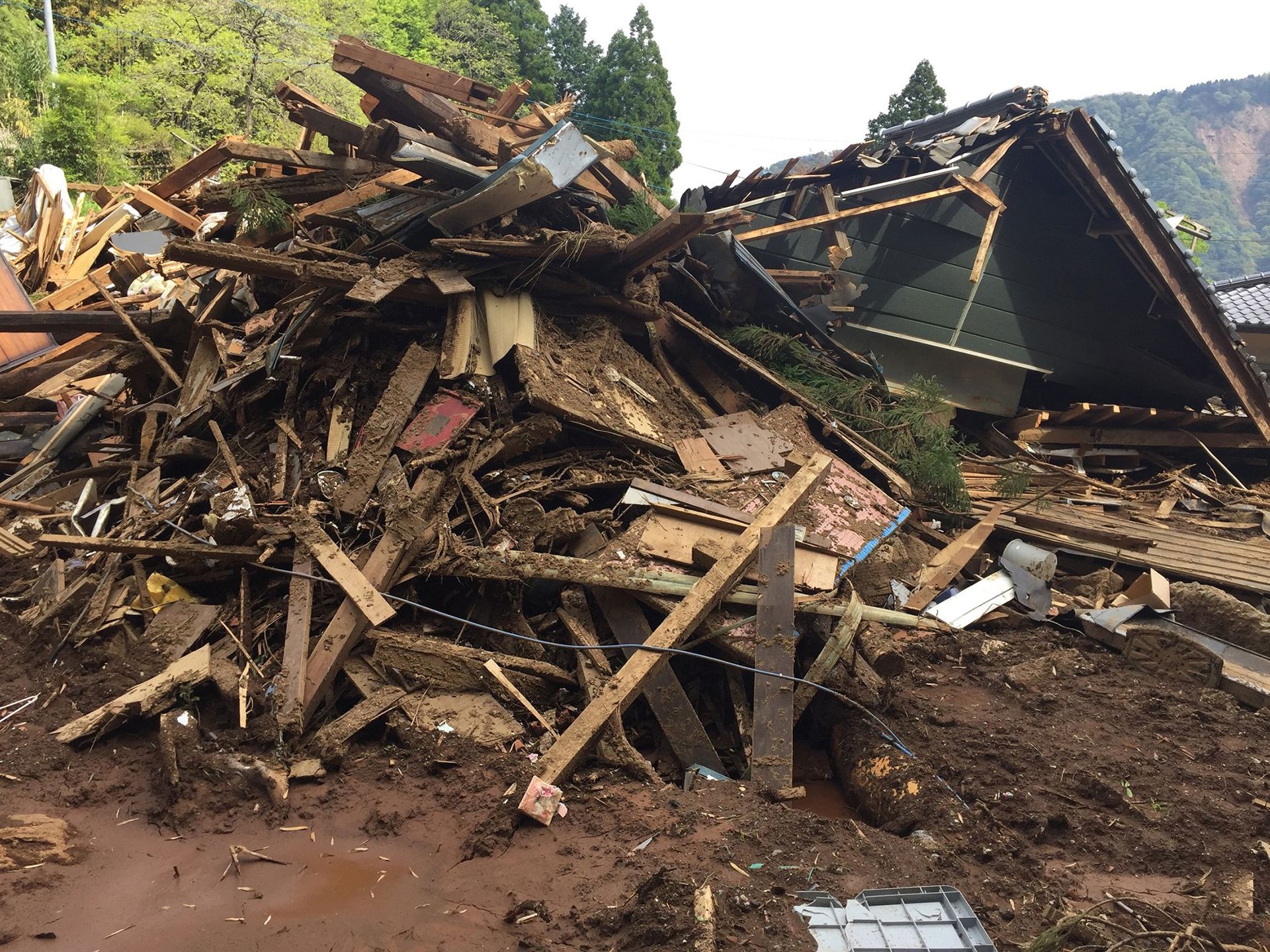The earthquakes that ratted southwestern Japan last week injured around 1,100 people in Kumamoto and Oita prefectures and led to the deaths of another 58. Roughly 103,000 people remained displaced in Kumamoto and around 600 in Oita, and the authorities are still searching for people who are unaccounted for as well. What's more, due to heavy rains and the subsequent risk of landslides, some 240,000 people have been advised to evacuate 19 cities, towns and villages in Kumamoto and Oita.
An Médecins Sans Frontières (MSF) team consisting of three doctors, three nurses, a pharmacist, a psychologist, a logistician, and an administrator travelled to Kumamoto on April 17 and identified a severe lack of basic health care in Minami-aso village, where houses and medical facilities were severely damaged and people have been living in shelters. On April 20, MSF assessed hygiene conditions in the shelters and suggested ways in which they could be improved.
MSF has also served as a referent for pediatric care in the Minami-aso area because there are no pediatricians there at the moment. One shelter visited by MSF was in Minami-aso Nishi Elementary School, where five families with young children are currently staying. “It’s reassuring to know we have a pediatrician here,” said a mother of two young children.
MSF supported the opening of a clinic
In the Hakusui local government office in Minami-aso, the MSF team supported another organization on the April 20 opening of a clinic. MSF also set up a tent clinic and provided medical examinations in the evacuation center in Tateno district in northern Minami-aso, where roads remain largely impassable and people are struggling to access medical care. The people in the center were relocated to Ozu because of the rains, however. MSF will visit Ozu to support them and also review the clinic plan.



